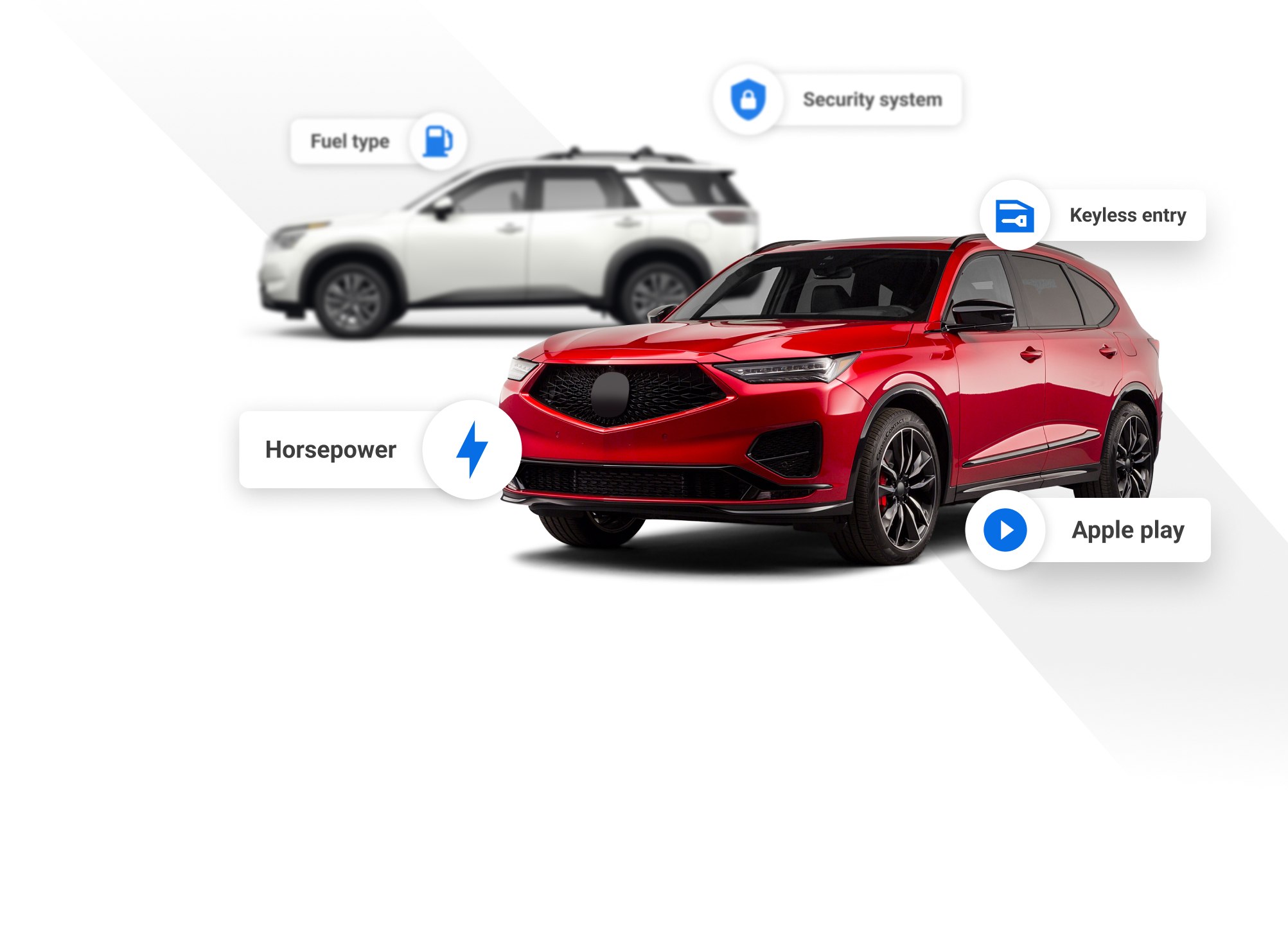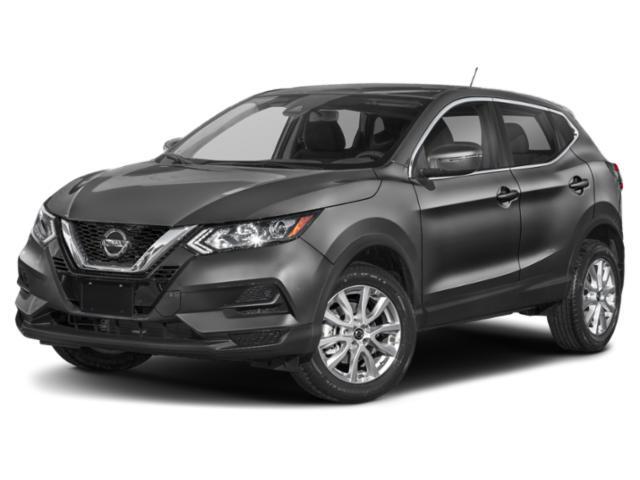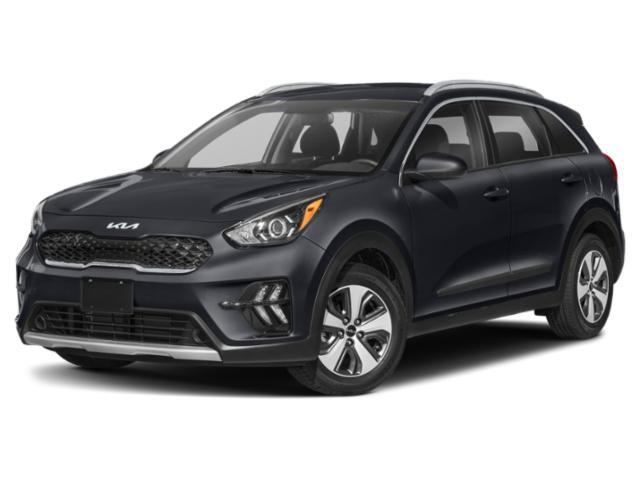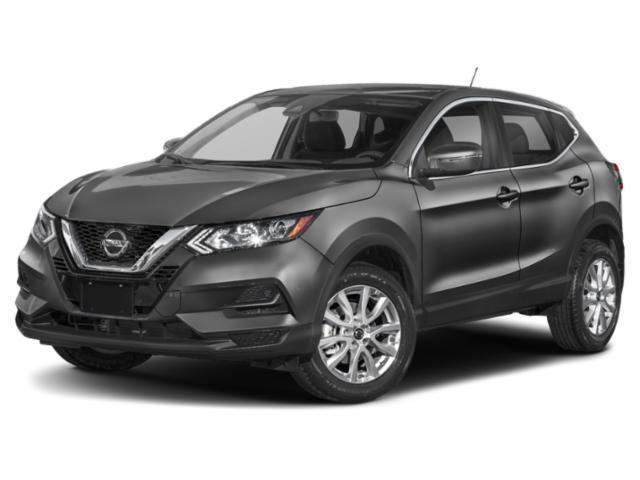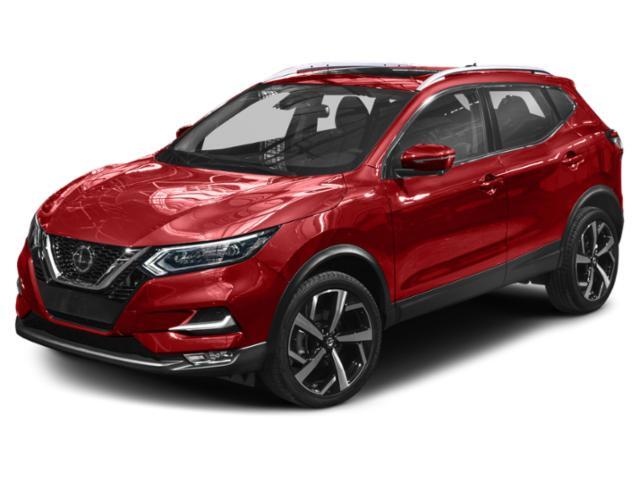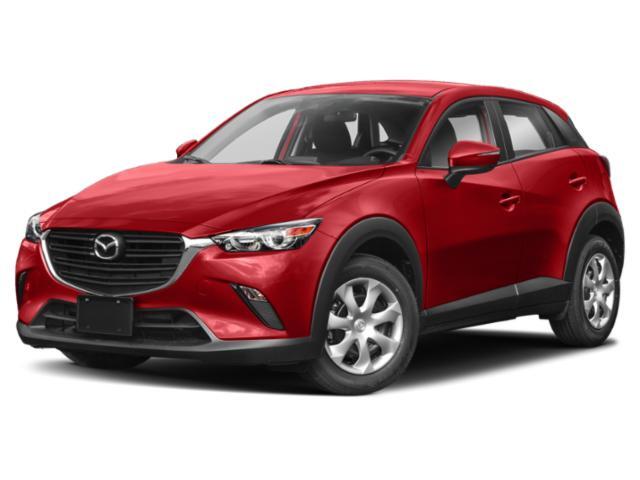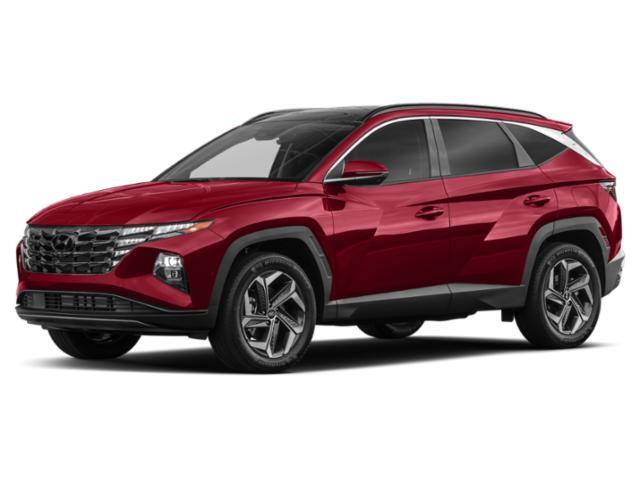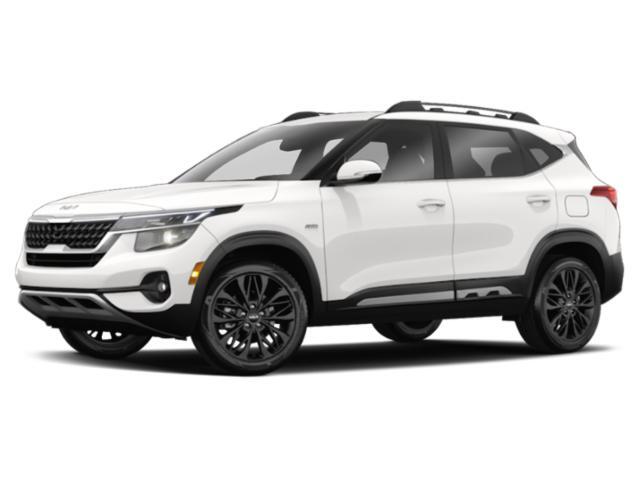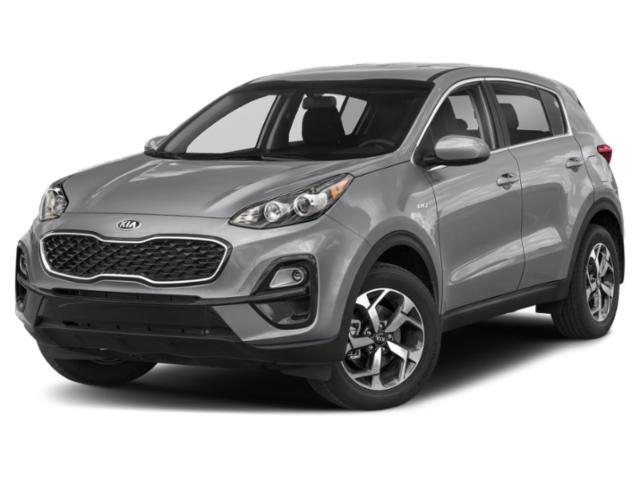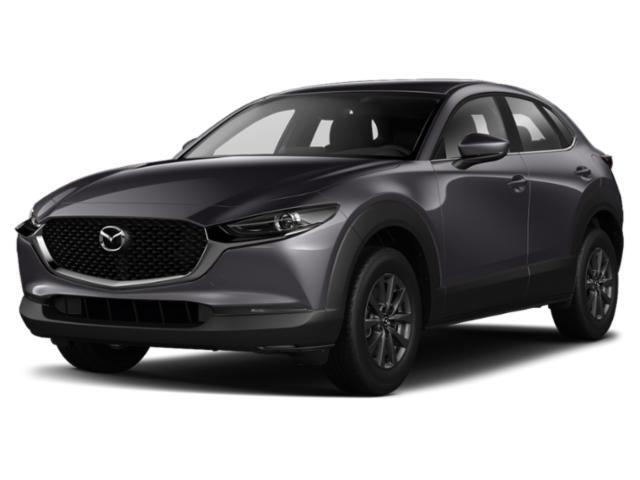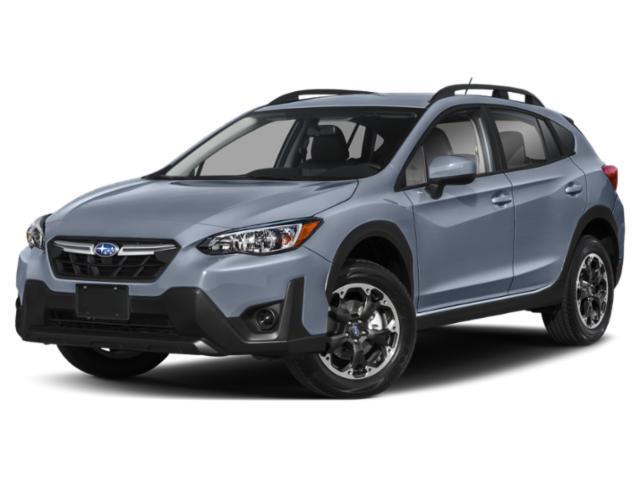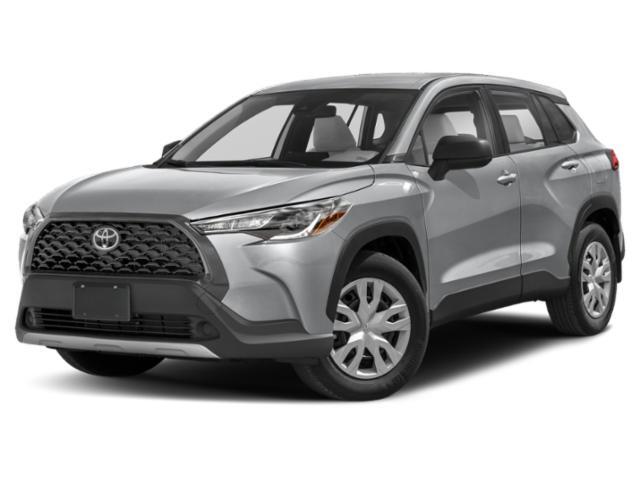
2022 Honda HR-V

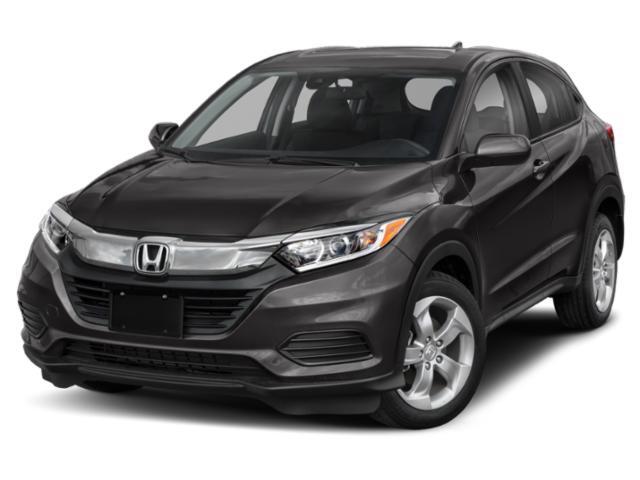
Key Specifications for 2022 Honda HR-V






Buyer’s Guide
History/Overview
Since 2016, the Honda HR-V has been a key player in the fast-growing subcompact crossover segment. We expect this will be the final year for the first-generation model, as rumours are swirling that a redesigned version is on its way for 2023. For now, the 2022 HR-V is carried over unchanged from last year.
Available Trims
Honda offers the HR-V in LX, Sport, and Touring trim levels. All use a 1.8L four-cylinder engine and a continuously variable automatic transmission (CVT). The only drivetrain choice to make is whether to option the LX model with front- or all-wheel drive; the other trims have AWD as standard.
Standard Features
LX trim comes with 17-inch alloy wheels, a front wiper de-icer, heated side mirrors, LED brake lights, auto on/off headlights, automatic A/C, heated front seats, a four-speaker stereo, and Apple CarPlay/Android Auto.
HR-V LX also comes fitted with forward collision detection with automatic braking, lane departure warning, adaptive cruise control, lane keeping assist, and automatic high beams.
Sport trim adds a LaneWatch blind spot camera, fog lights, a sunroof, roof rails, dual-zone A/C, active noise cancellation, passive keyless entry, leather-trimmed steering wheel, and a six-speaker stereo.
Touring gains LED fog lights, LED headlights, rain-sensing wipers, navigation, and leather seats and shift lever.
Fuel Economy
Honda’s fuel consumption estimates start at 8.4/7.0 L/100 km (city/highway) for LX FWD, and 8.8/7.5 for LX AWD. Sport and Touring trims are rated for 9.1/7.7 L/100 km.
Competition
Narrowing your shopping list down to the HR-V means scratching off a lot of other names. Honda’s competitors here include the Mazda CX-30, Nissan Qashqai, Subaru Crosstrek, Mitsubishi RVR, Chevrolet Trailblazer, Buick Encore, Ford Ecosport, Jeep Renegade, Hyundai Kona, Kia Seltos, and Fiat 500X.
Review & Compare:
Photos

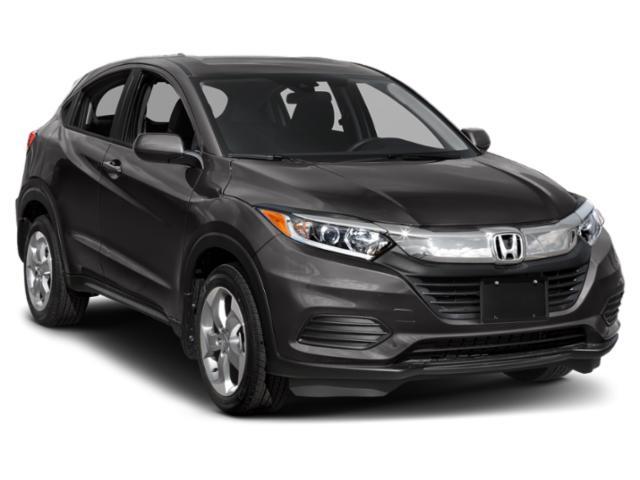

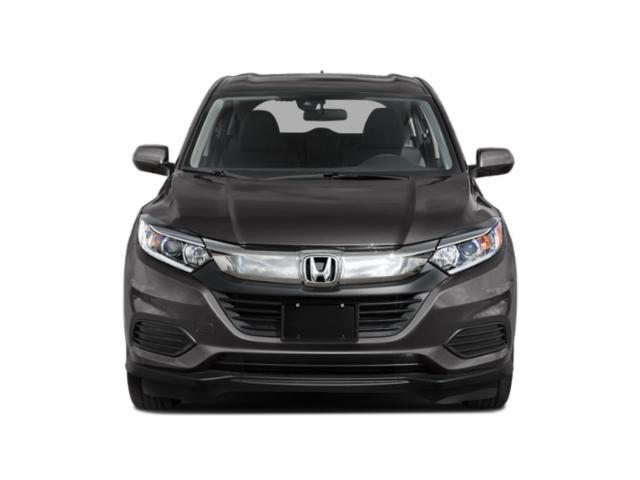
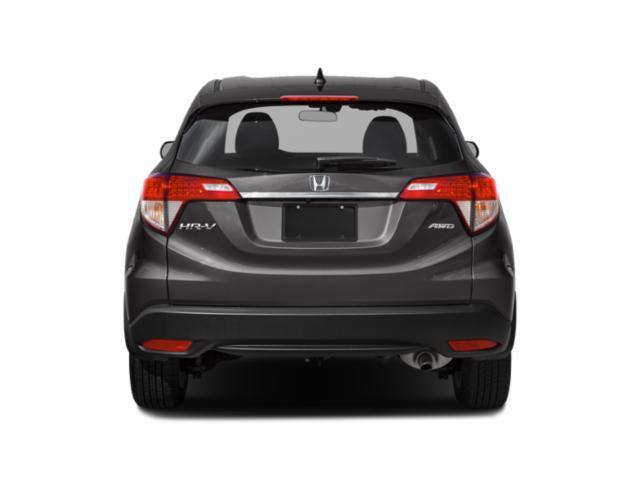
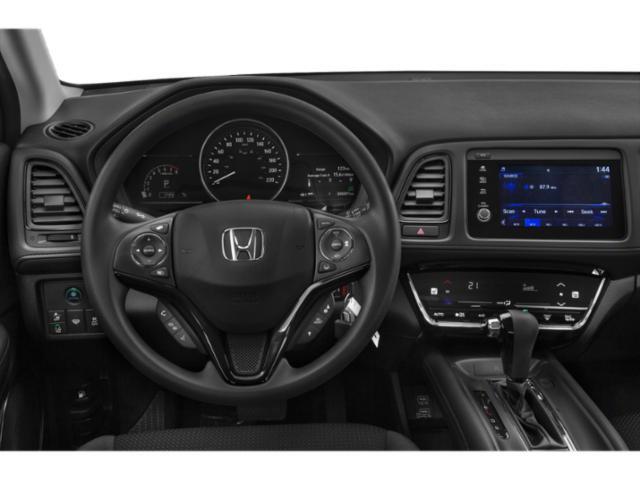
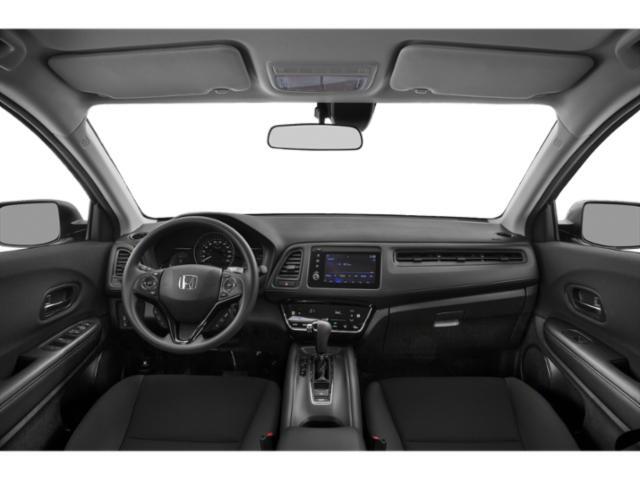

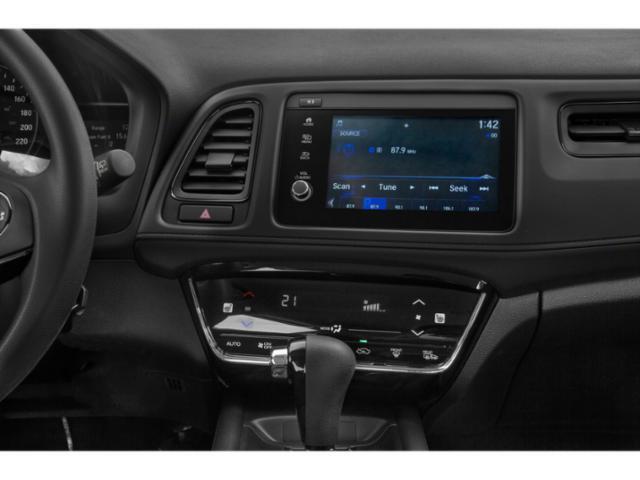

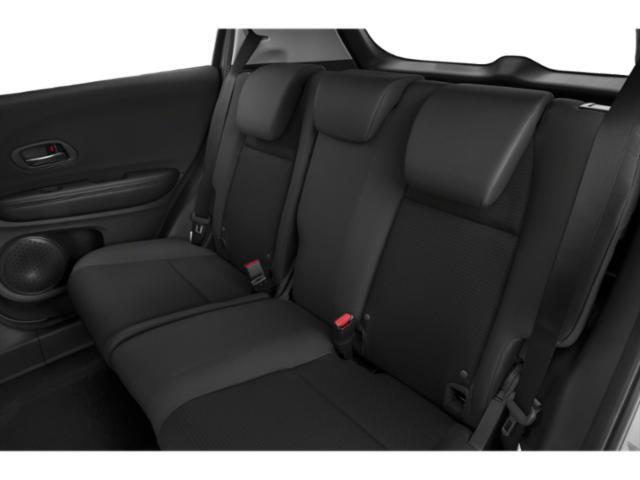
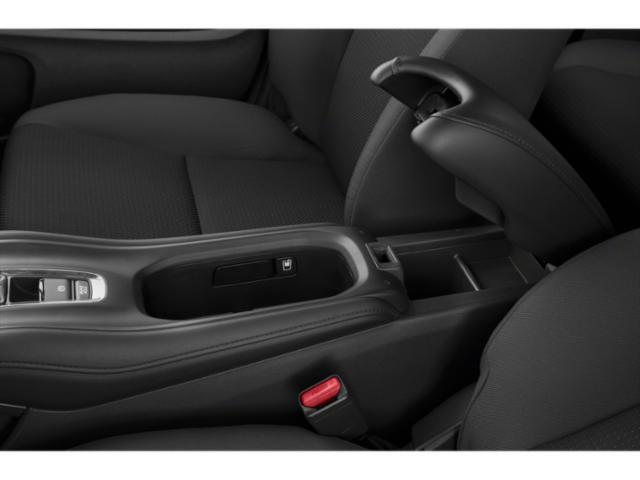

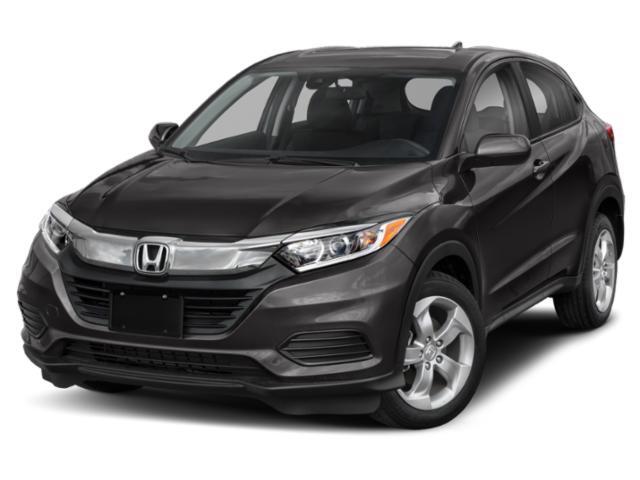
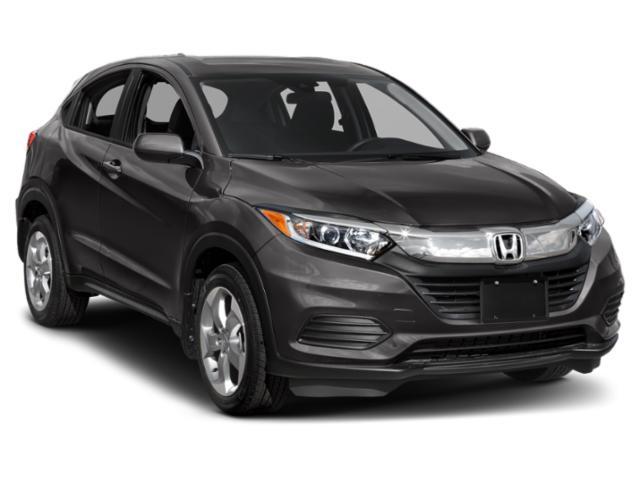

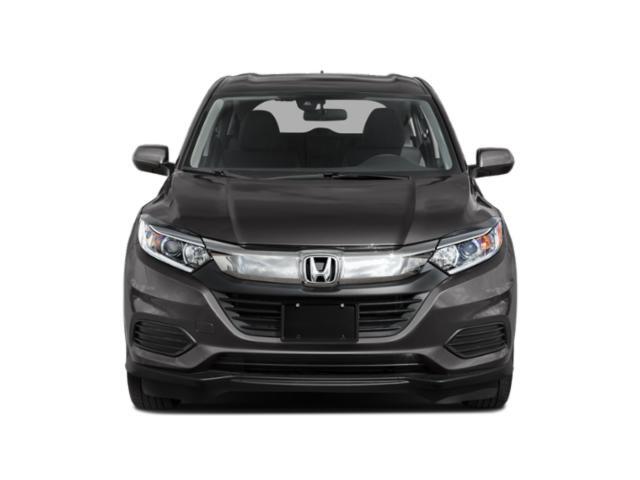
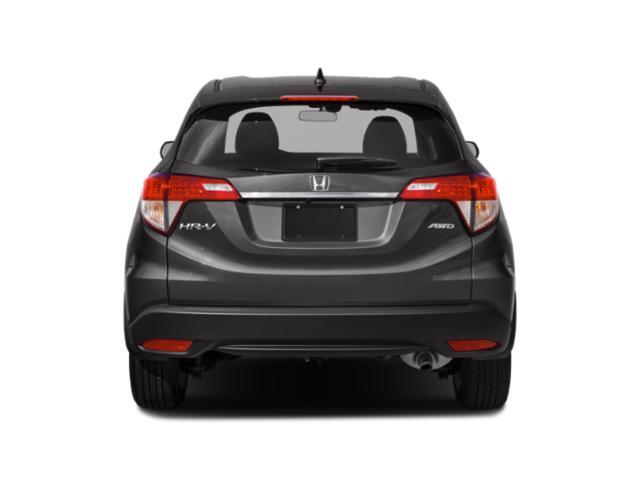
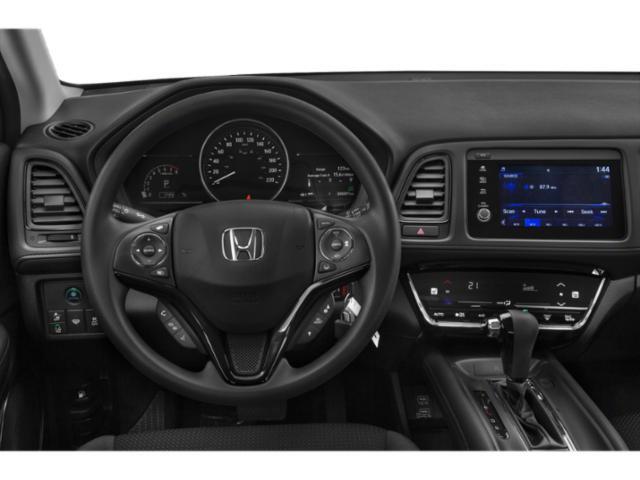
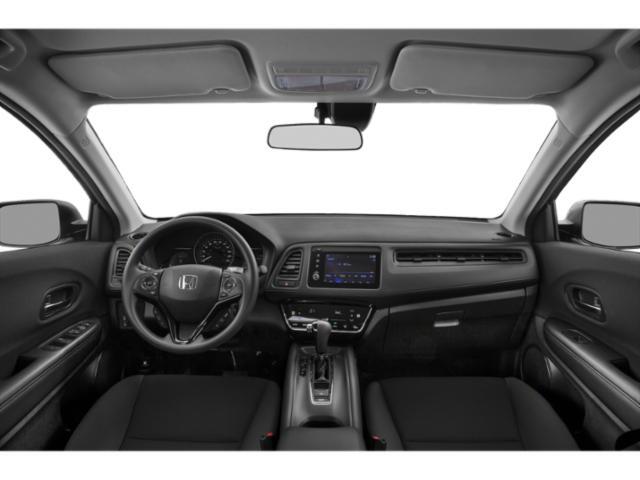
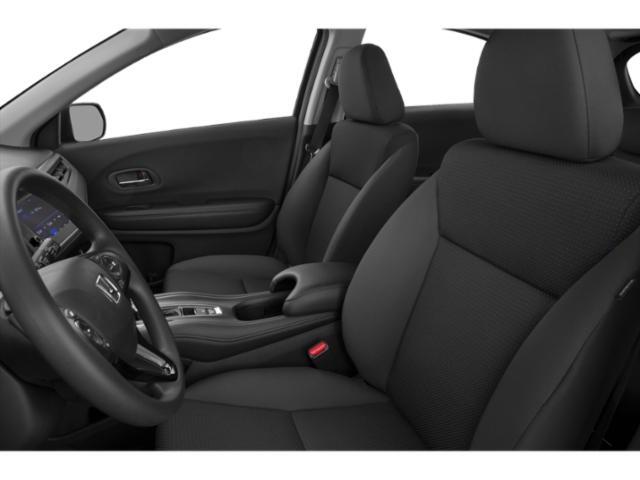
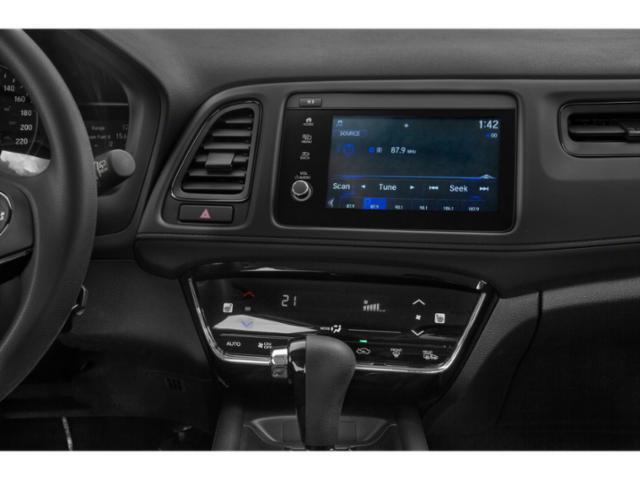
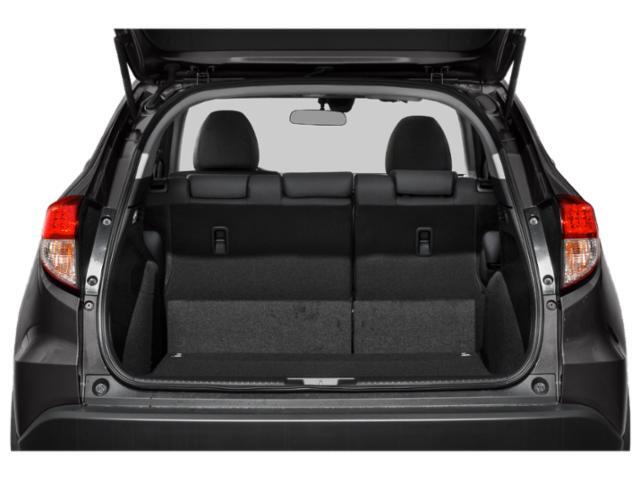
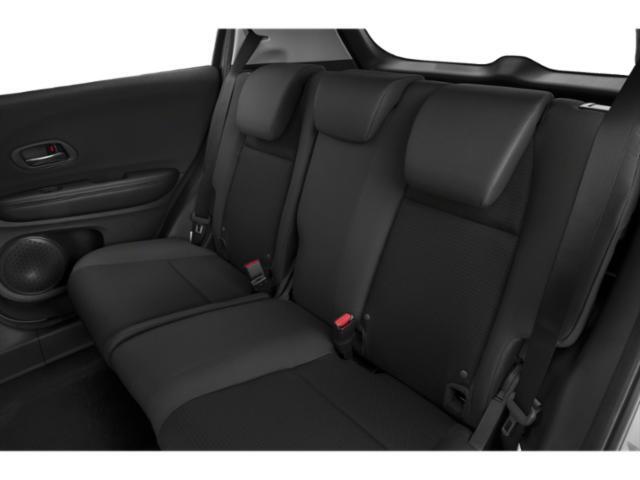
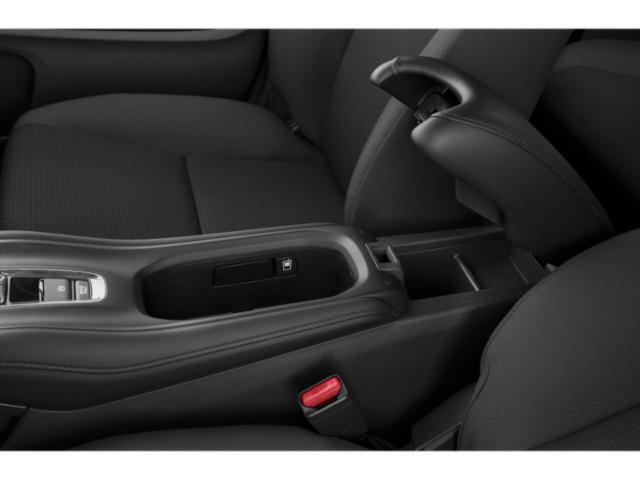

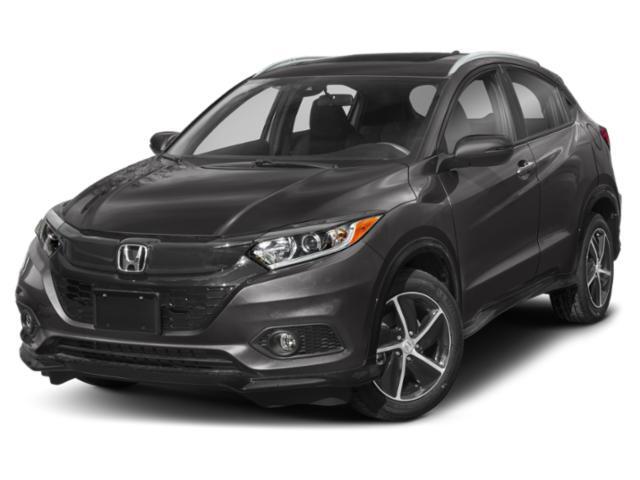
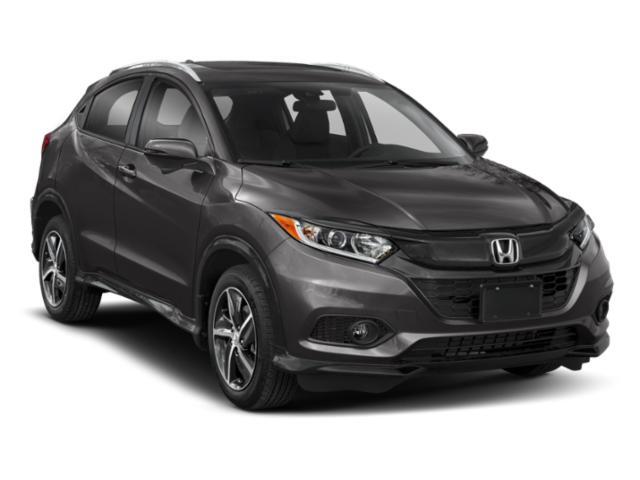
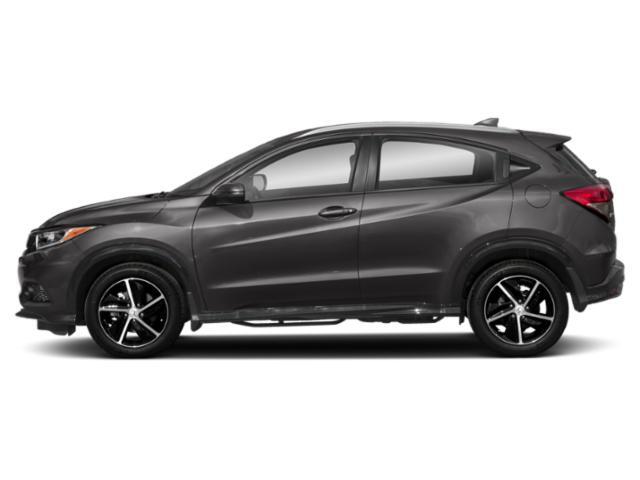
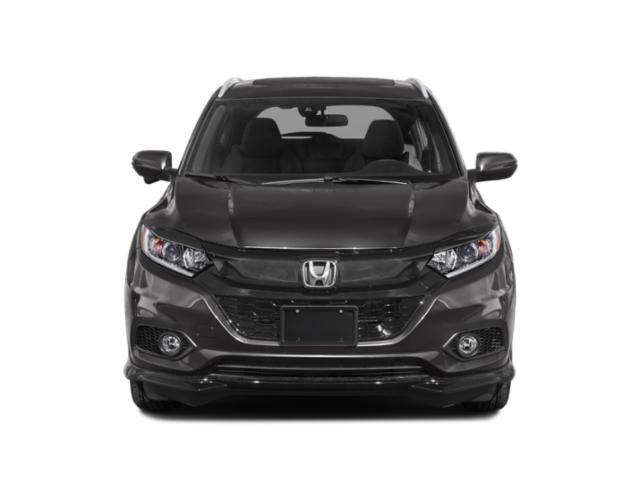
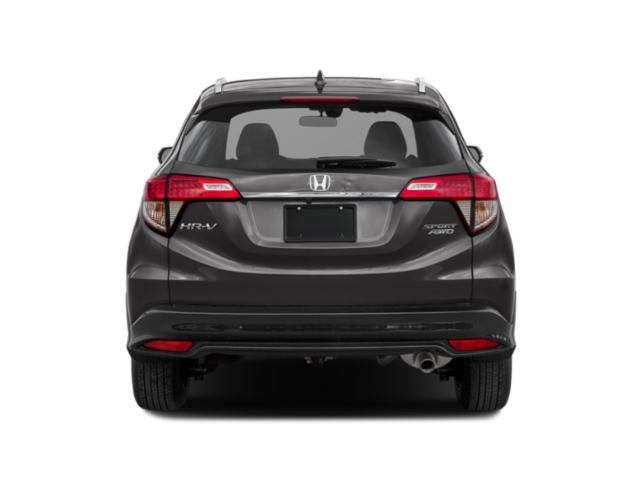
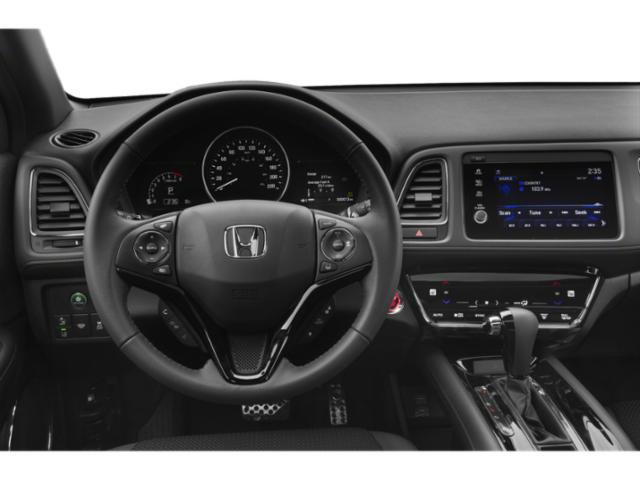
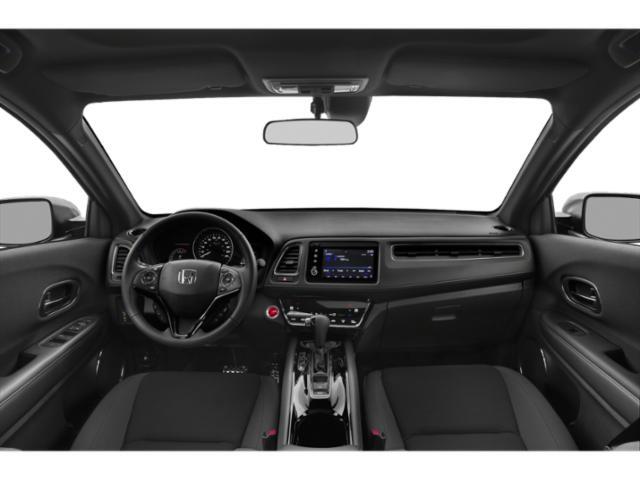
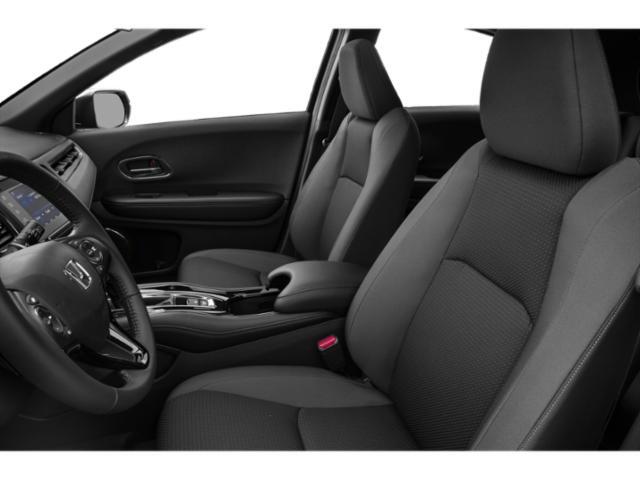
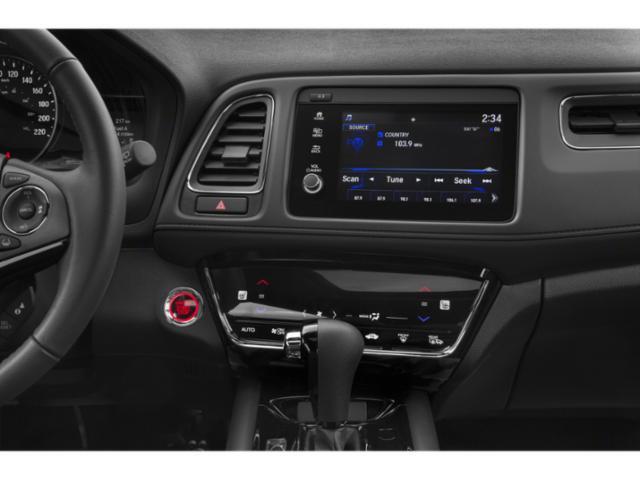
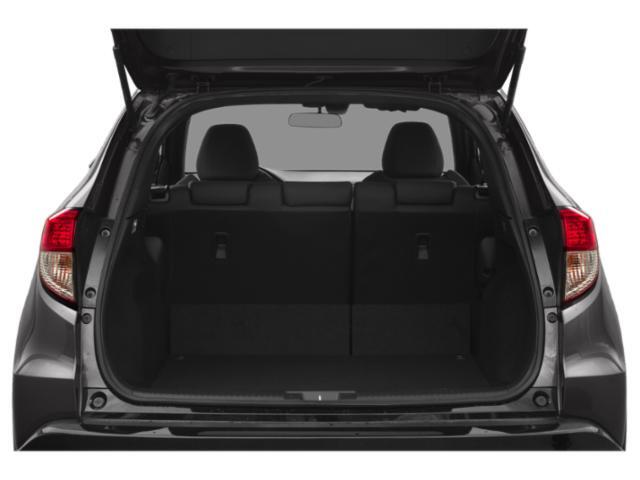
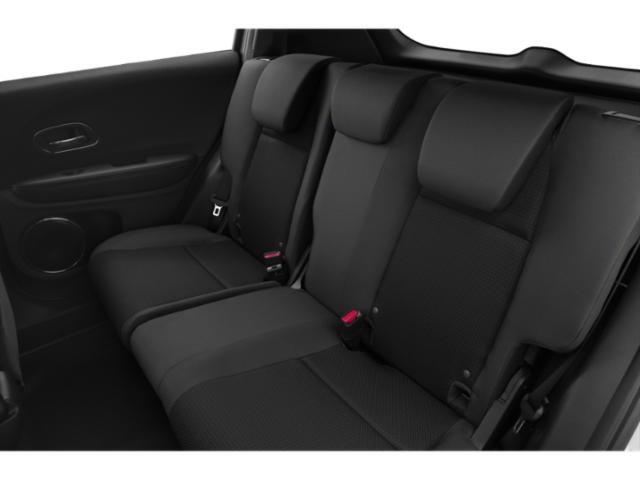
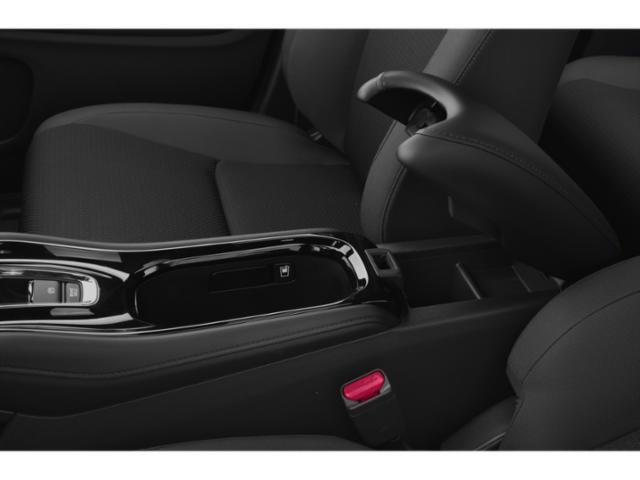
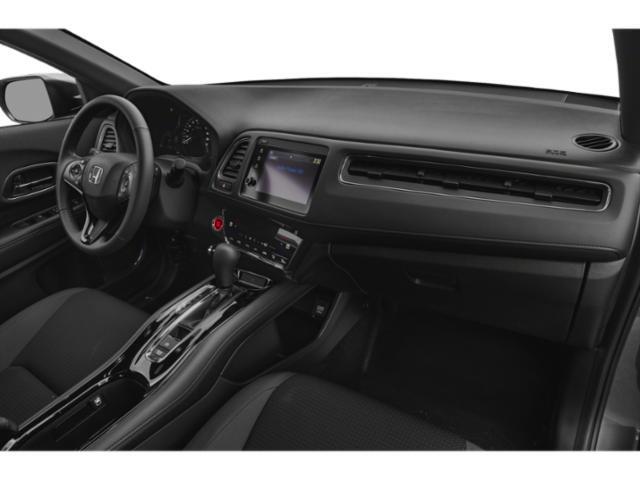
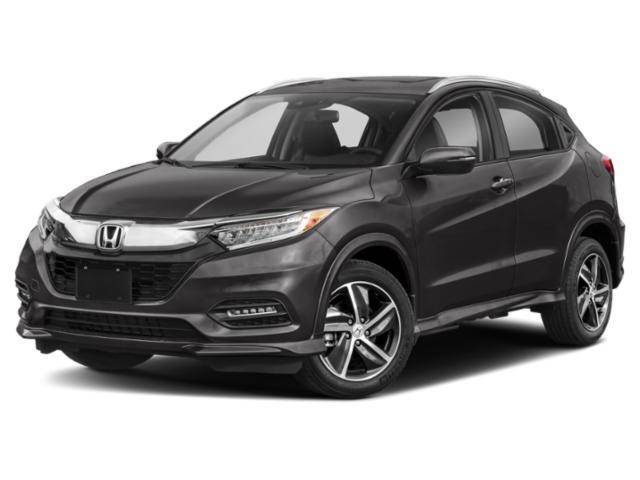
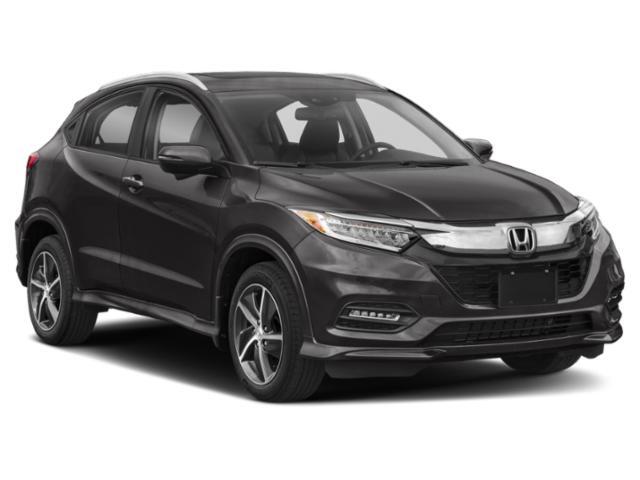
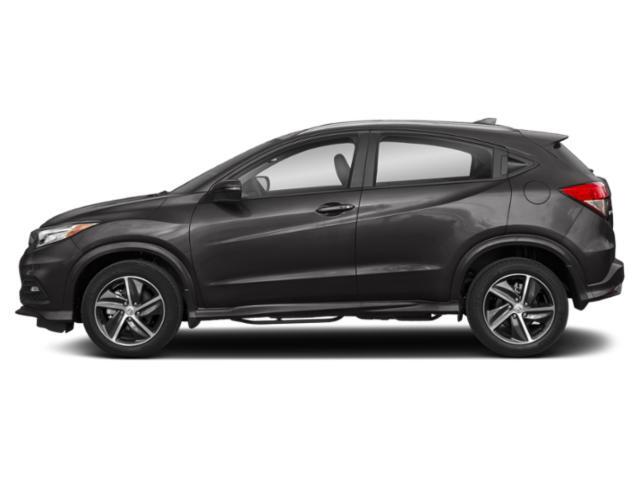
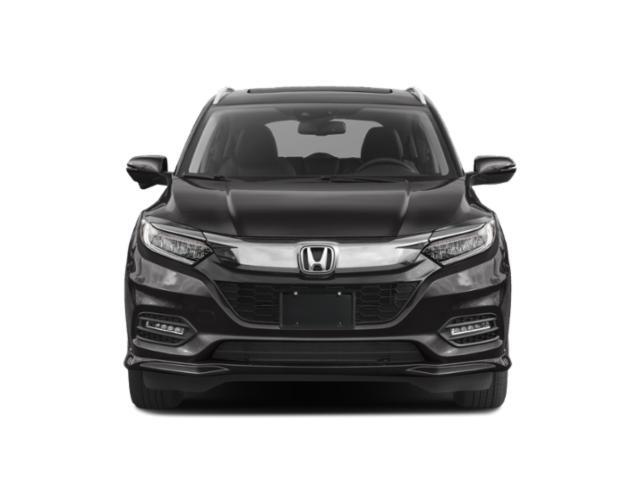
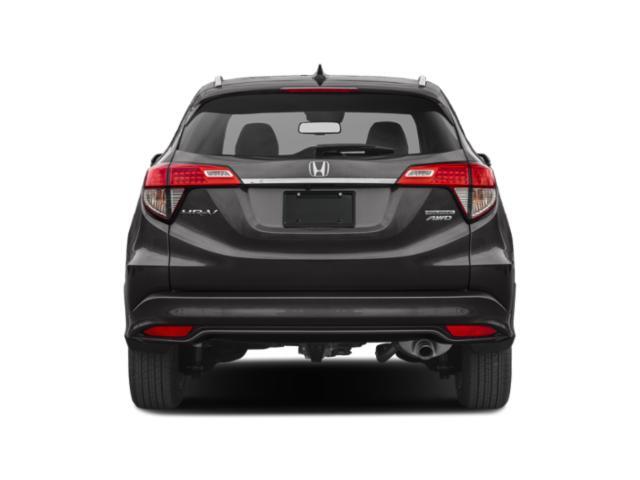
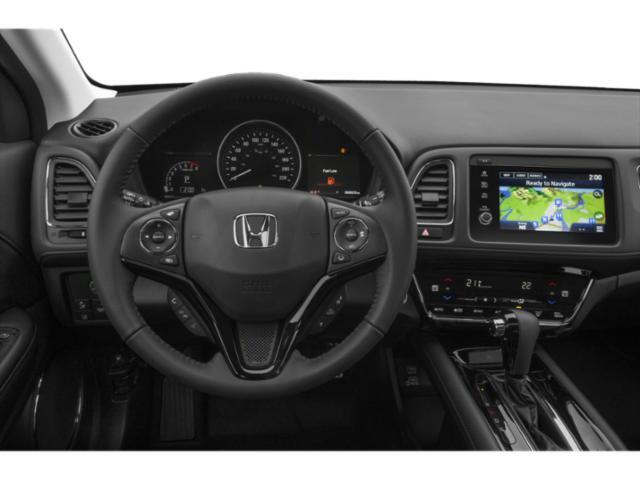

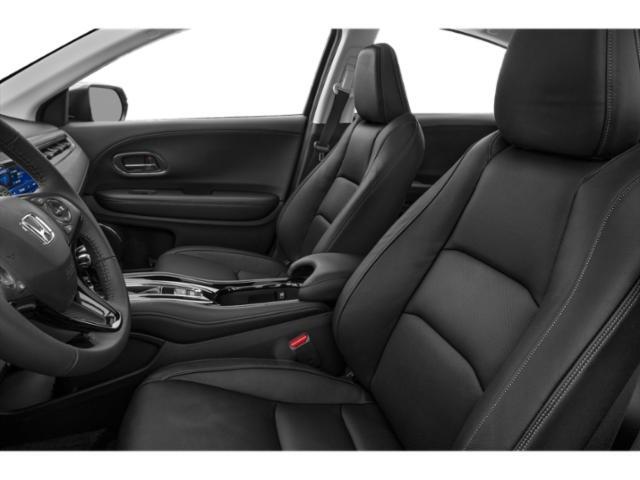
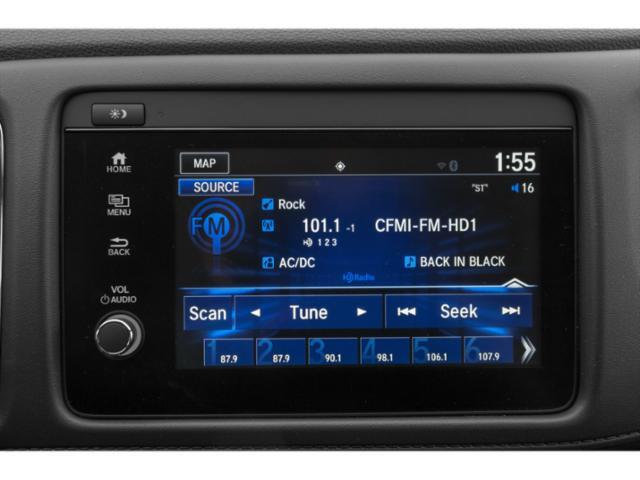
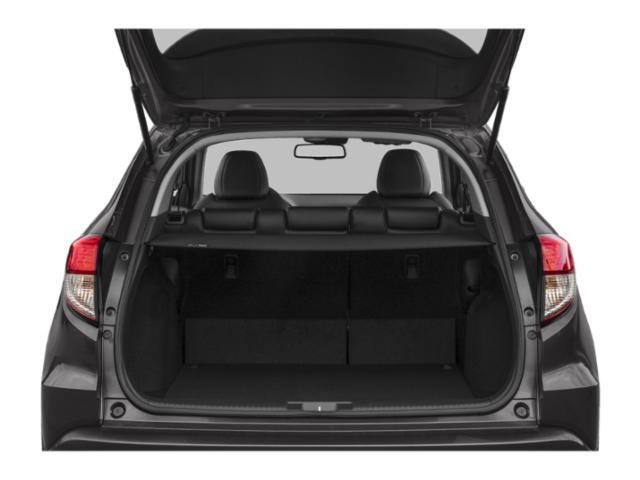
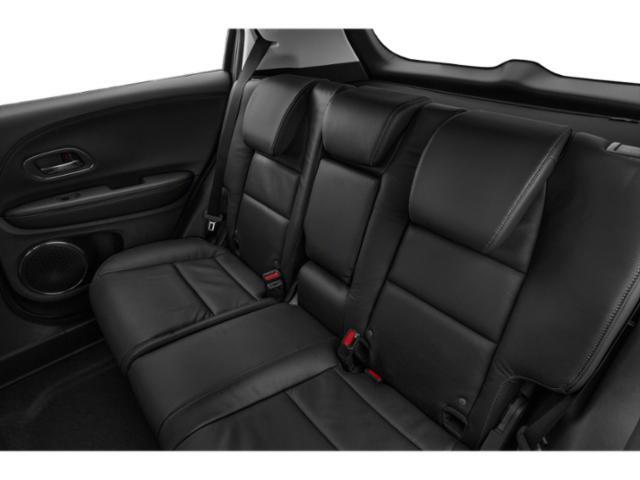

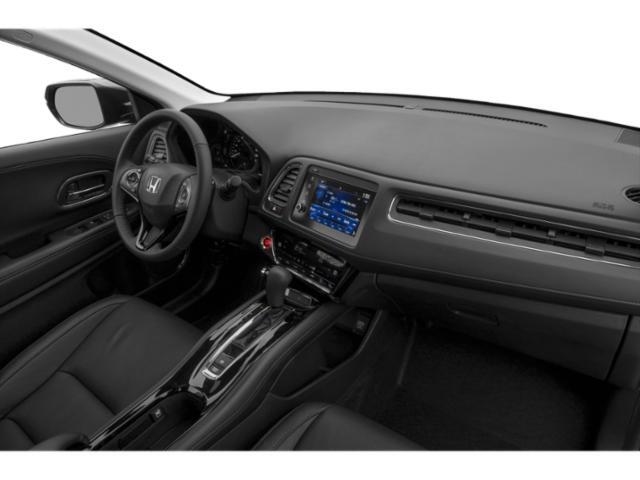






















































AutoTrader Review





